Table of Contents
Understanding the Real Investment
Employee wellness programs are critical to organizational health and performance, but what do they really cost? Understanding employee wellness program cost helps HR leaders, operations teams, and executives make more strategic, sustainable decisions.
In this guide, we break down typical expenses, hidden fees, and the return on investment (ROI) smart organizations can expect. This includes insights into cost-effective strategies and key factors influencing long-term value.
Typical Employee Wellness Program Cost
Wellness program costs can vary widely depending on the level of engagement, the type of delivery model, and the size of the organization. Understanding these differences helps set realistic expectations and ensures better planning.
Depending on the scope and services, annual wellness program costs typically range from $150 to $1,200 per employee. Key cost components include:
Core Program Features:
Health risk assessments
Online wellness portals
Self-guided educational content
On-demand health and lifestyle content
Incentive Programs:
Gift cards, premium reductions, or HSA contributions
Human-Driven Services:
Health coaching
Fitness classes
Mental health counseling
Example Cost Ranges by Company Size
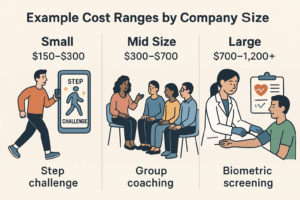
| Organization Size | Typical Wellness Budget (Annual, Per Employee) | Common Features |
|---|---|---|
| Small (under 100) | $150–$300 | Basic HRA, step challenges, occasional events |
| Mid-size (100–999) | $300–$700 | Incentives, group coaching, platform access |
| Large (1,000+) | $700–$1,200+ | Comprehensive programs with digital coaching, analytics, and reporting |
As programs mature, additional vendors and services are often added. That’s not a bad thing in itself, but it can lead to a fragmented program and a sprawling vendor list, consuming admin time and stacking up small invoices that quietly become a major monthly cost.
Learn how to choose the right health risk assessment for your business
Measuring ROI: What Wellness Programs Deliver
Well-designed wellness initiatives can offer significant returns, both direct and indirect:
Lower healthcare claims
Reduced absenteeism and presenteeism
Improved retention and morale
Better chronic disease management
A Harvard meta-analysis estimated that for every $1 spent on wellness programs, medical costs fall by approximately $3.27 and absenteeism costs by about $2.73. For another perspective, a JAMA study of a large U.S. employer found more modest or mixed results, highlighting that program quality and design are key to effectiveness.
ROI doesn’t happen because a company throws a bunch of money into their program. It’s a by-product of an agile wellness offering that changes over time, keeps employees engaged, and is supported by company leaders.
See how to evaluate and energize your corporate wellness program
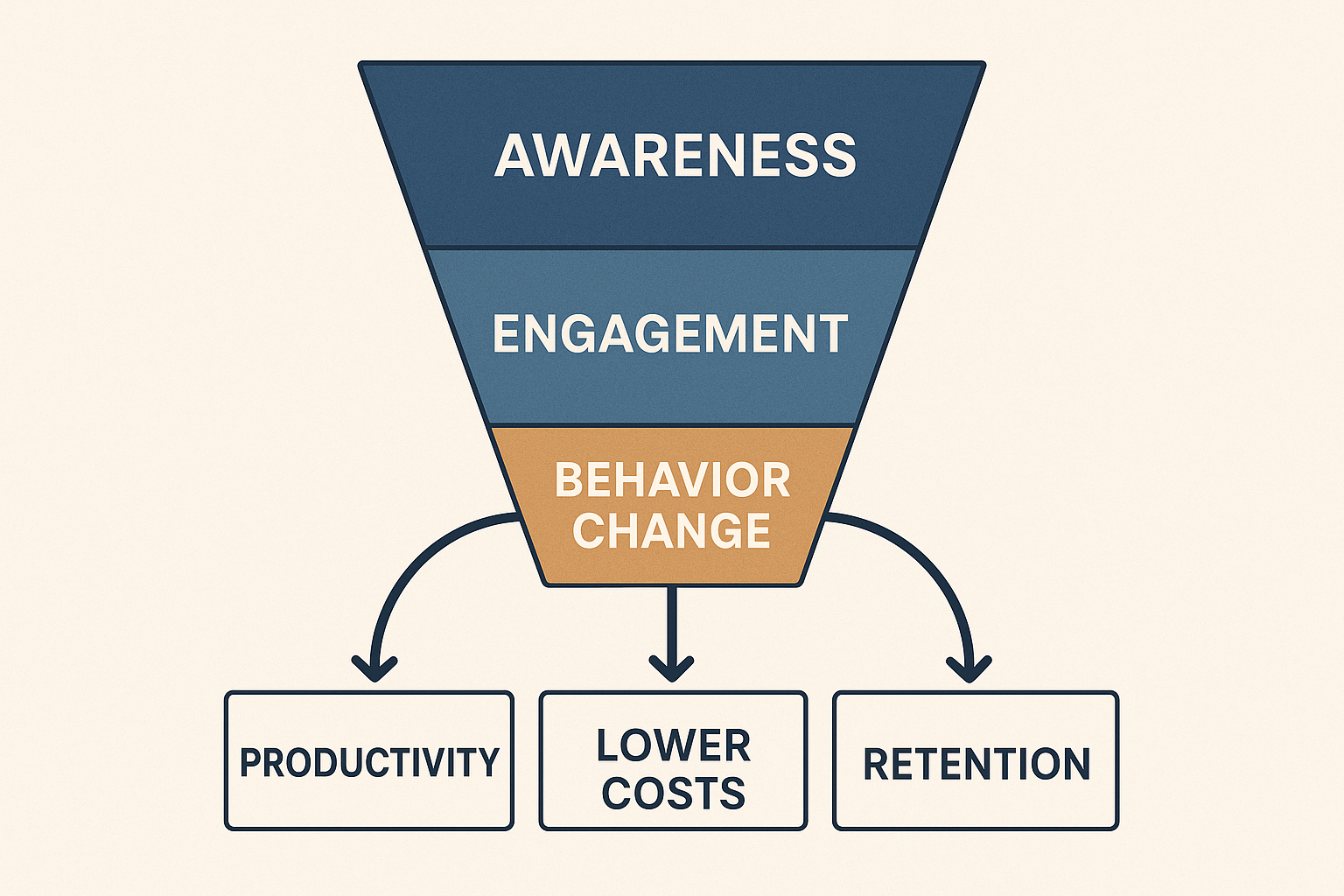
Hidden Costs to Consider
Beyond visible expenses, organizations should consider:
Low Participation: Without personalization, many employees disengage
Fragmented Platforms: Disconnected tools often confuse employees and reduce engagement.
Manual Oversight: High administrative costs from time spent coordinating and reporting.
One-Size-Fits-All Content: The most effective programs meet employees where they are, not where a generic module assumes they should be.
These hidden factors erode ROI, increase the employee wellness program cost, and burden internal teams. Scalable, tech-enabled programs are gaining popularity for their ability to reduce friction while improving performance.
Key Features of Cost-Effective Wellness Solutions
Some of the most efficient wellness strategies share common traits:
🛠️ Automation and Personalization: Helps deliver support at scale without significant staffing
📱 Multi-Channel Engagement: Including mobile, email, and text outreach to meet employees where they are
📈 Real-Time Analytics: Enables timely adjustments and clear visibility into participation and outcomes
🔗 System Integration: Reduces manual work and supports seamless administration
When evaluating vendors or planning internally, these features can help reduce both upfront and ongoing costs.
How to Compare Wellness Program Vendors
Choosing the right wellness partner isn’t just about price-it’s about capabilities, scalability, and outcomes. A structured comparison across features and delivery models can help organizations make informed decisions.
Use this side-by-side comparison tool to evaluate vendors on their ability to support engagement, automation, coaching, and data reporting.
Free Wellness Program Ideas That Work
Not every impactful initiative comes with a price tag. Many organizations get started or supplement existing efforts with zero-cost wellness ideas that boost morale and improve employee health. Examples include:
Walking or hydration challenges
Mental health days and guided mindfulness sessions
Peer-led fitness or book clubs
Healthy recipe exchanges
Workspace ergonomics tips
These ideas require minimal resources but can jumpstart a culture of well-being and engagement.
Explore our comprehensive guide to Zero-Cost Wellness Programs for dozens of proven, practical strategies.

Compliance and Legal Considerations
When implementing wellness programs, it’s important to stay compliant with relevant laws and guidelines. Key areas of consideration include:
HIPAA (Health Insurance Portability and Accountability Act): Protects the confidentiality of employee health information collected during screenings or assessments.
GINA (Genetic Information Nondiscrimination Act): Prevents the use of genetic information in making employment decisions.
ADA (Americans with Disabilities Act): Ensures wellness programs are inclusive and do not discriminate against employees with disabilities.
EEOC Guidelines: Provide direction on how incentive-based programs must operate to remain voluntary and non-coercive.
Compliance expectations continue to evolve alongside the shift toward digital wellness platforms and cloud-based tools. Regulators are placing greater emphasis on transparency, especially around how personal data is collected and used. Employers should pay close attention to updated EEOC guidance and expanding state-level privacy laws, which may affect how wellness programs are structured and communicated. Choosing vendors that stay current with legal standards helps ensure your program remains both compliant and trustworthy, giving employees confidence that their health information is handled with care.
Legal compliance isn’t just about avoiding penalties-it’s about building trust and maintaining a program that feels safe and fair to all participants.
Final Thoughts
Understanding employee wellness program cost isn’t just about numbers, it’s about making informed, strategic decisions that align with your organization’s goals. Whether you’re investing in full-scale platforms or starting with grassroots initiatives, the key is creating a program that drives engagement, adapts to your workforce, and delivers meaningful outcomes. By focusing on value over volume, and design over dollars, organizations can build wellness strategies that are sustainable and impactful.
To explore your options, schedule a program checkup or explore our plans and free trial.
FAQs
Budgets vary widely depending on the program's complexity. For most companies, the employee wellness program cost ranges from $150–$1,200 per employee per year.
ROI timelines differ. While some changes (like morale or participation) appear quickly, financial outcomes may take 12–36 months to materialize, especially in areas like healthcare cost reduction.
Absolutely. Many small businesses start with free or low-cost initiatives and build from there. With clear goals and realistic expectations around employee wellness program cost, even modest efforts can make a big impact.
Low engagement is often a symptom of poor program fit. Personalization, clear communication, and leadership support can help turn this around.



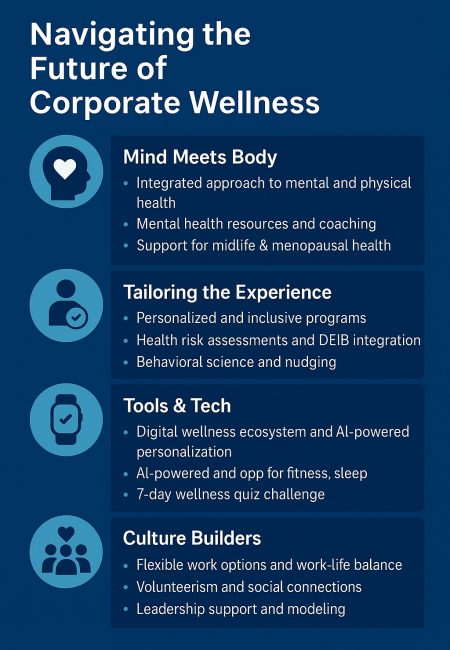

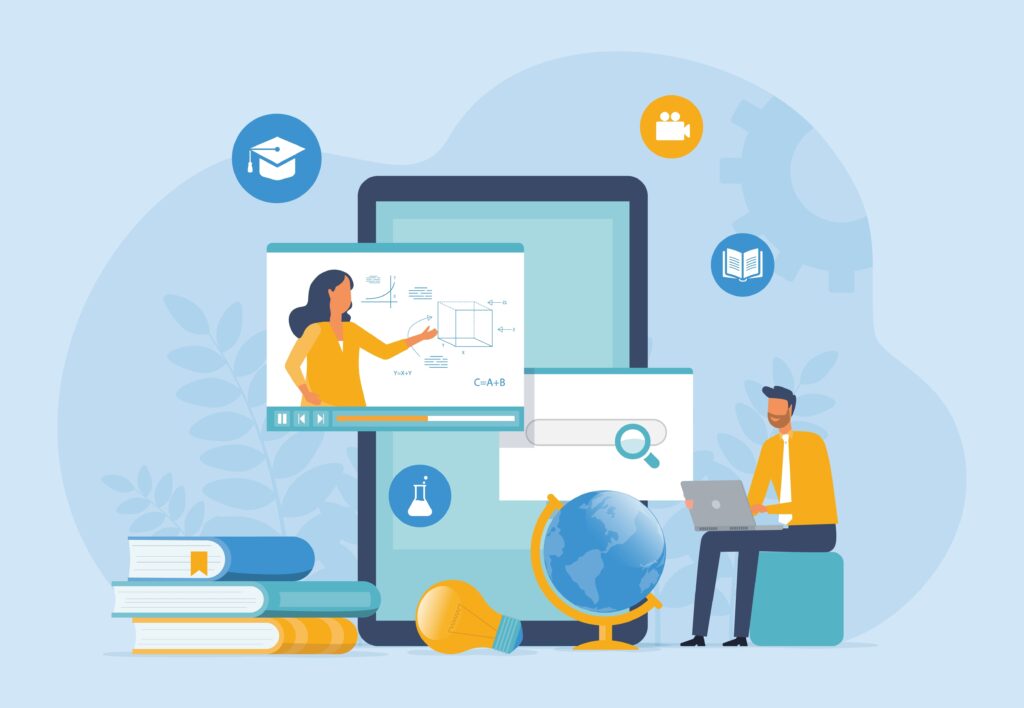


 Active participation by company leaders is crucial for success. When senior leaders take part in wellness activities and champion the program, it sends a powerful message that well-being is a priority. As an example, the CEO might take part in a company-wide step challenge or share their own wellness journey in a company newsletter. This not only boosts morale but also encourages employees to participate. Furthermore, it is essential to train middle management to actively promote wellness to create a culture of well-being throughout the organization.
Active participation by company leaders is crucial for success. When senior leaders take part in wellness activities and champion the program, it sends a powerful message that well-being is a priority. As an example, the CEO might take part in a company-wide step challenge or share their own wellness journey in a company newsletter. This not only boosts morale but also encourages employees to participate. Furthermore, it is essential to train middle management to actively promote wellness to create a culture of well-being throughout the organization.
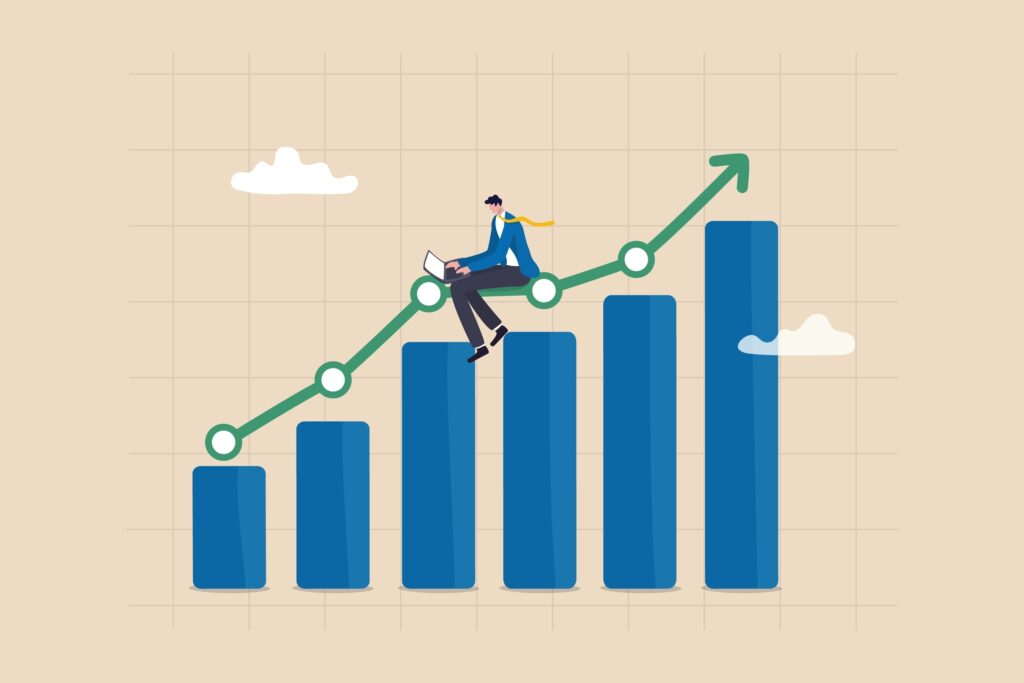

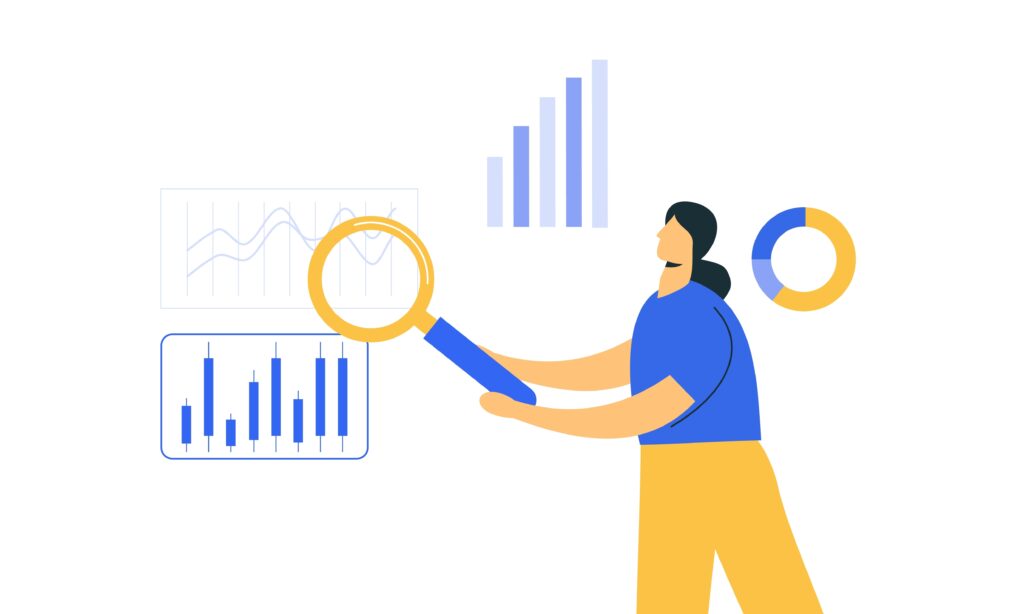















 Regular self-care practices, such as exercise, hobbies, and relaxation techniques, are crucial for maintaining mental and physical health. Employees should prioritize these activities to prevent burnout.
Regular self-care practices, such as exercise, hobbies, and relaxation techniques, are crucial for maintaining mental and physical health. Employees should prioritize these activities to prevent burnout.





